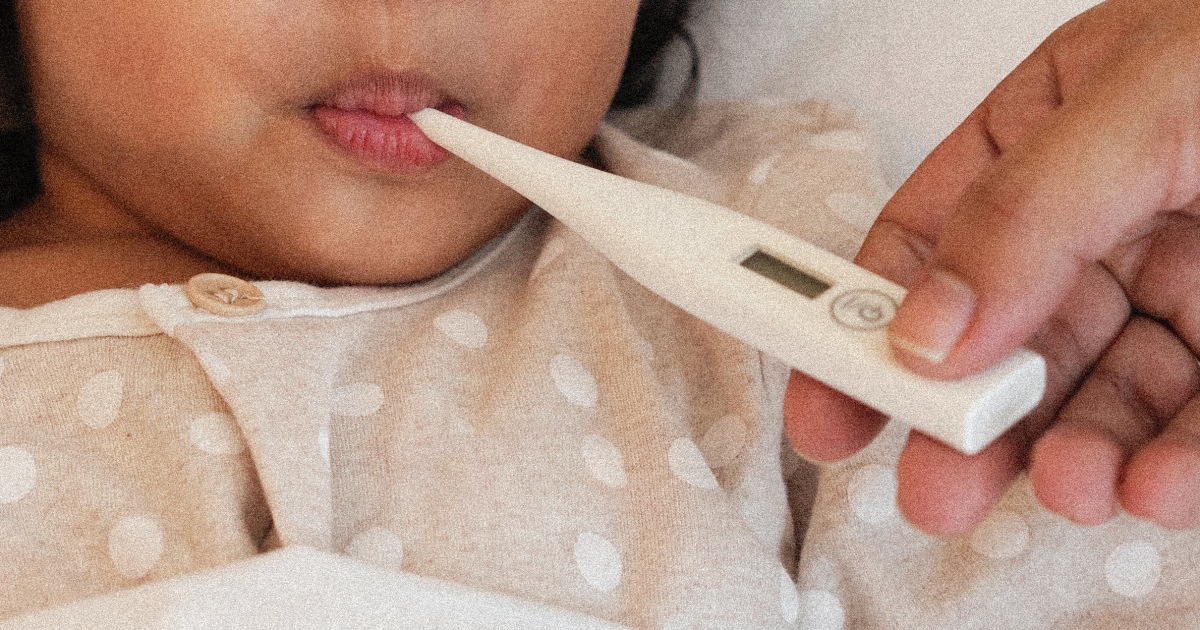The rhythmic click of needles. The softness of yarn running over fingertips. The satisfying logic of knit, purl, repeat. Knitting—and other so-called “grandma hobbies”—is making a comeback, especially among younger generations. According to Eventbrite data, Gen Z’s interest in “grannycore” gatherings, such as knitting circles and needlework workshops, has surged in recent months, driven in part by a search for relief from digital burnout.
But the benefits go beyond nostalgia. Recent studies suggest that slow, tactile tasks, such as knitting, may activate brain systems in ways that support long-term cognitive health in various ways, including engaging memory, attention, and motor function, while helping to regulate stress.
In other words, regardless of age or gender, engaging in hands-on, mentally demanding hobbies—whether knitting, wood carving, or model building—may be one of the simplest ways to support brain health. Here’s what the science says.
How knitting activates your brain
While meditation and puzzles also offer brain benefits, knitting uniquely combines fine motor coordination, creative planning, and rhythmic bilateral movement—all of which engage different brain systems at once. This kind of creativity in any capacity is helpful, says Emily Sharp, a licensed therapist at NY Art Therapy.
That bilateral stimulation—created by the alternating use of both hands—is similar to what’s used in EMDR therapy, says Sharp, adding that this type of stimulation is linked to reduced cortisol levels, increased serotonin and dopamine, and improved emotional regulation.

